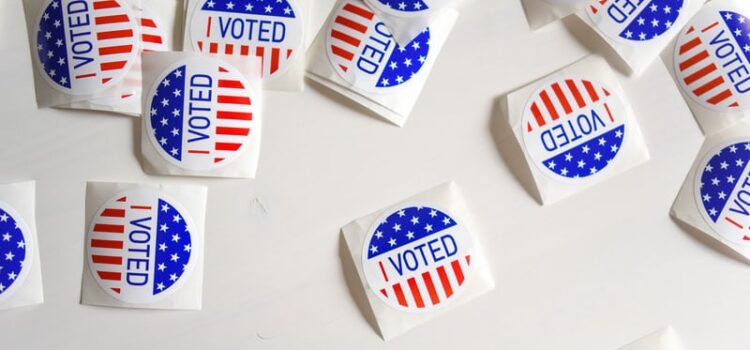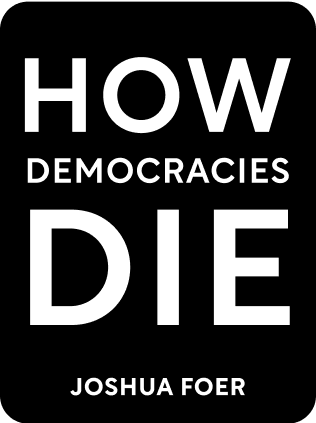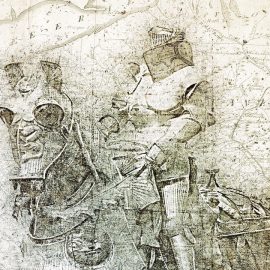

This article is an excerpt from the Shortform book guide to "How Democracies Die" by Steven Levitsky and Daniel Ziblatt. Shortform has the world's best summaries and analyses of books you should be reading.
Like this article? Sign up for a free trial here .
What is the polarization of parties? How did the two major political parties become polarized?
The polarization of parties in the U.S. political system began early in U.S. history. But the demise of big tent parties furthered this polarization.
Read more about the polarization of parties below.
Polarization of Parties
While these events were happening, major structural transformations were also reordering the composition of the parties themselves. These structural changes both reflected and contributed to the radicalization of American politics and the polarization of parties.
For much of the 20th century, both major parties were big-tent coalitions, with their support cutting across religious, ethnic, geographic, and ideological lines. The Democratic Party counted conservative white Southern Protestants, educated urban liberals, and working-class Irish and Italian-American Catholics as key voting blocs; the Republican Party, meanwhile, contained conservative midwesterners, but also liberal New Englanders in its coalition.
As we discussed in Chapter 6, the long era of bipartisan cooperation that characterized 20th-century American politics largely rested on the bipartisan acceptance of second-class citizenship for African-Americans. But it also depended on the relative heterogeneity and non-uniform nature of the two major parties.
This arrangement began to unravel as a result of the success of the civil rights movement, which began making major gains in the decades following World War Two. Major pieces of legislation like the Civil Rights Act of 1964 and the Voting Rights Act of 1965, both of which were signed into law by Democratic President Lyndon Johnson (and which were opposed by 1964 Republican presidential nominee Barry Goldwater), permanently stamped the Democratic Party as the party of civil rights. This prompted a major realignment of US politics, as white Southern Democrats began moving into the Republican Party as a reaction against civil rights gains.
(Shortform note: Aware of the shifting political dynamics, President Johnson is said to have remarked to an aide as he signed the 1964 Civil Rights Act into law, “We’ve lost the South for a generation.”)
Republican politicians like Richard Nixon and Ronald Reagan welcomed and encouraged this development, adopting a “Southern Strategy” of making coded appeals to racially reactionary whites through their rhetoric against school busing, welfare spending, and urban crime. The GOP became the party of white racial reaction and resentment.
In turn, racial minorities, new immigrants from Asia and Latin America, and liberal white voters began to find their natural home within the Democratic Party—whereas, previously, they had been scattered across both parties. As the decades wore on, liberals neatly sorted into the Democratic Party and conservatives sorted into the Republican Party. This all contributed to the polarization of parties.

———End of Preview———
Like what you just read? Read the rest of the world's best book summary and analysis of Steven Levitsky and Daniel Ziblatt's "How Democracies Die" at Shortform .
Here's what you'll find in our full How Democracies Die summary :
- How shared norms are essential for preserving democracy
- Why the Trump presidency threatened those shared norms
- Why democracy goes beyond individual leaders and parties and must be a shared enterprise among committed individuals






